Engine Trouble Codes
Welcome to Engine Trouble Code.This service website has been prepared to provide you with important operation, maintenance and safety information relating to your vehicle obd/2 engine trouble codes. And this manual and follow the recommendations for operation, maintenance will help you make budget.
Types Of Engine Trouble Codes :
Engine trouble code system uses to notify you about an issue. Each code corresponds to a fault detected in the car. When the vehicle detects an issue, it will activate the corresponding trouble code. Each engine trouble code consists of one letter and four digits, such as P0123.
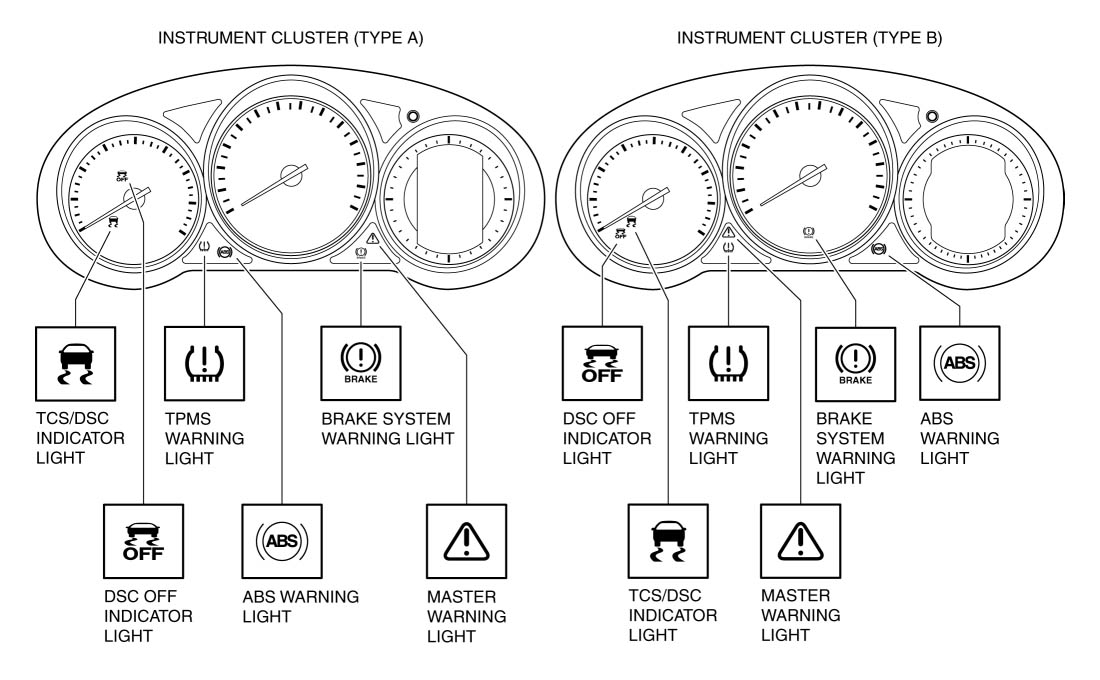
We will teach you how to interpret the meaning of the codes with descriptions,causes,symptoms and repair manual. Knowing the OBD2 codes will help you save the time and money for a car diagnostics when you see a check engine light, as well as equip you with primary knowledge before you go to the mechanics (to avoid mechanic scams). Actually, most check engine lights could be fixed by really simple fixes at a low cost, and we highly recommend you to read OBD2 codes for the lights rather than ignore it.
Turning on the engine light known as the Check Engine Symbol - the computer stores a "trouble code" in its memory that identifies the source of the problem.
Engine Trouble Code Logic :
1st digit
P = Powertrain
B = Body
C = Chassis
U = Network
2nd digit
0 = Standard
1 = Manufacturer specific
1 = Emission management
2 = Injector circuit
3 = Ignition
4 = Auxiliary emission
5 = Vehicle speed & idle control
6 = Computer & output circuit
7 = Transmission

Body OBD2 Codes :
Body (B-codes) category covers functions that are, generally, inside of the passenger compartment. These functions provide the driver with assistance, comfort, convenience, and safety.
Common B Trouble Codes: B1245 - B1263 - B1317 - B1318 - B1400Chassis OBD2 Codes :
Chassis (C-codes) category covers functions that are, generally, outside of the passenger compartment. These functions typically include mechanical systems such as brakes, steering and suspension.
List Of C-Chassis Trouble Codes
Common C Trouble Codes: C0044 - C0057 - C0300 - C0550 - C0700Powertrain OBD2 Codes
Powertrain (P-codes) category covers functions that include engine, transmission and associated drivetrain accessories.
List Of P-Powertrain Trouble Codes
Common P Trouble Codes: P0036 - P0037 - P003A - P0045 - P0046Network OBD2 Codes
Network & Vehicle Integration (U-codes) category covers functions that are shared among computers and systems on the vehicle.
List Of U-Network Trouble Codes
Common U Trouble Codes : U0001 - U0019 - U0065 - U0073 - U0100Common FAQs About Trouble Codes
How To Read Engine Codes ?
Ways to read engine trouble codes.How To Clear Check Engine Lights ?
Ways to clear check engine light on car panel.Check Engine Light Dictionary
Ways to clear check engine light on car panel.Car Trouble Shooting:
-
Engine overheating: how to react and what are the consequences?

-
Frequent Breakdowns: Know How To Recognize Them
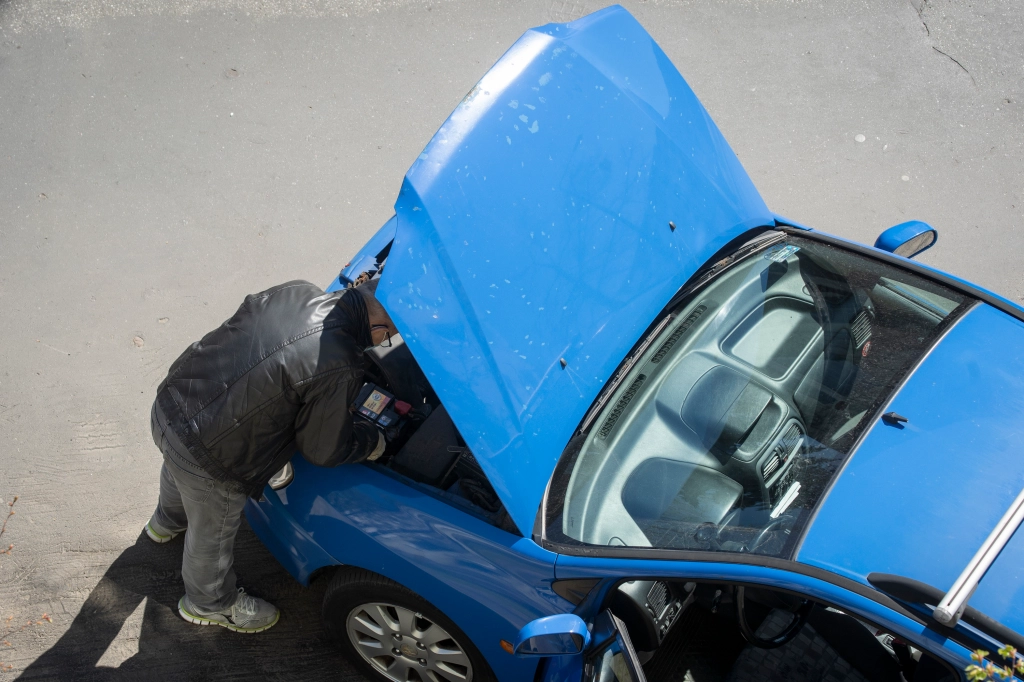
-
Most Corroded Car Parts

-
Most Common Car Engine Problems And Their Quick Solutions
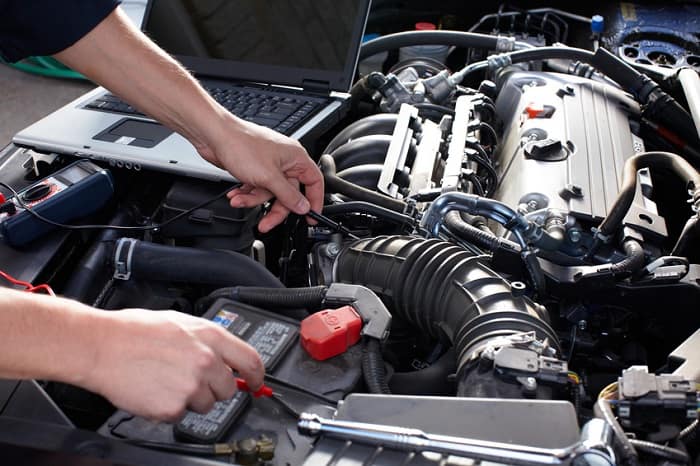
-
How Much Does It Cost To Fix A Car's Engine Problems?

-
Vibrating Steering Wheel And Shaking In The Cabin
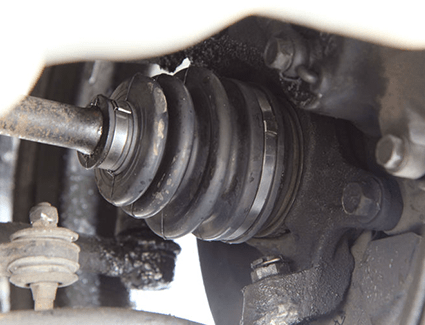
-
How Does Water Appear In The Fuel Tank?
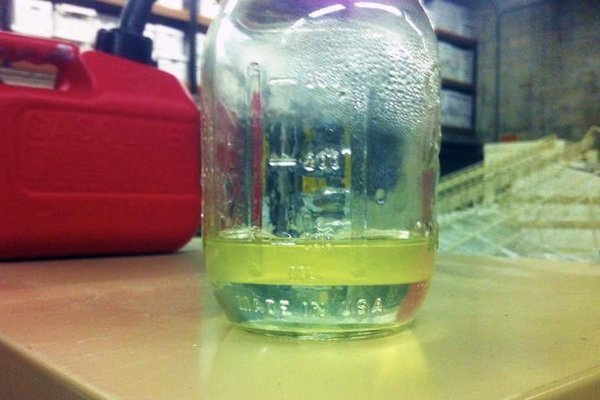
-
4 Common Transmission Problems
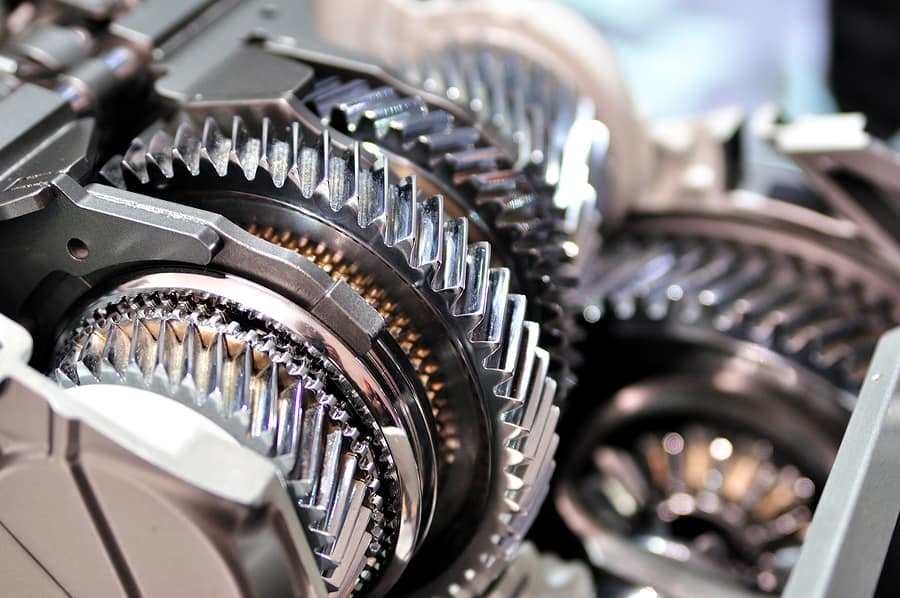
-
Coolant Leaks Places

-
Bad Intake Air Temperature Sensor
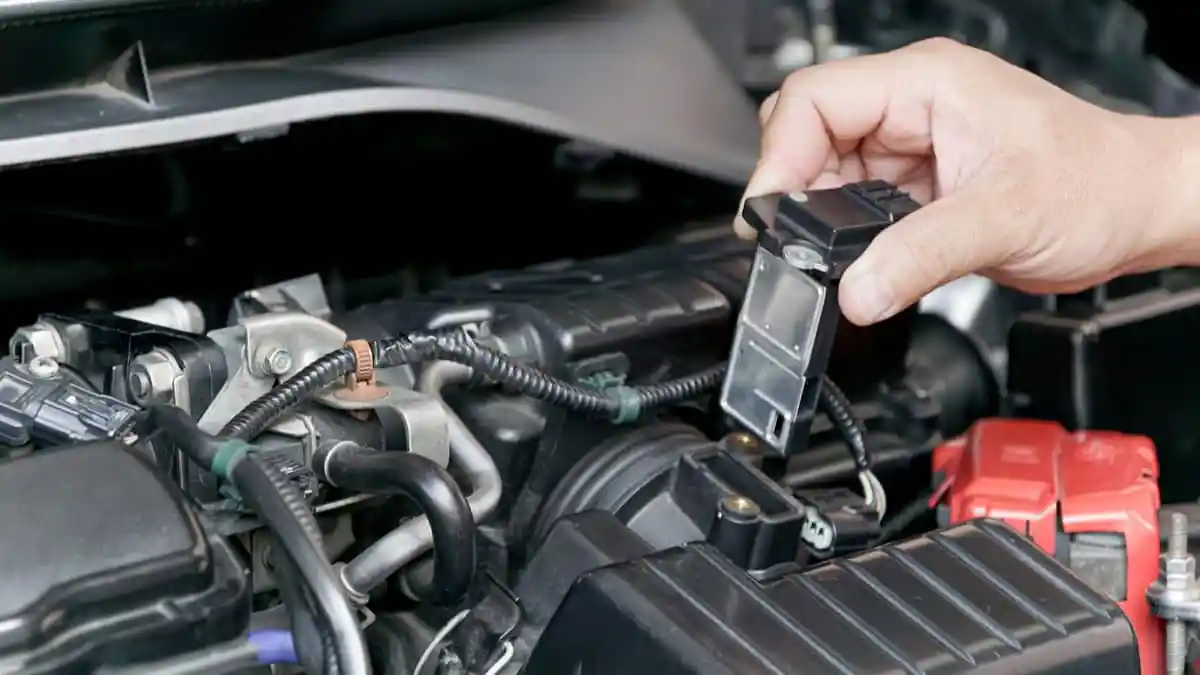
-
Exhaust Smoke Causes
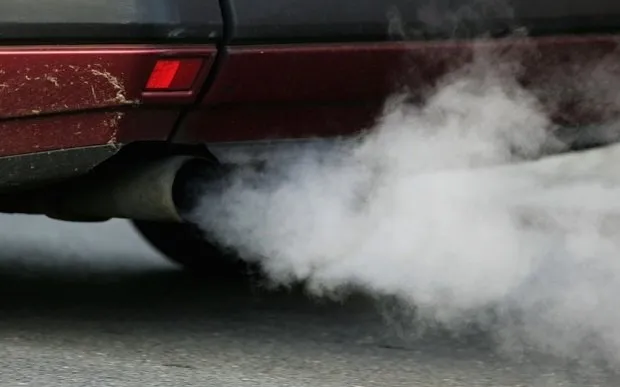
-
Clutch Pressure Plate Failures
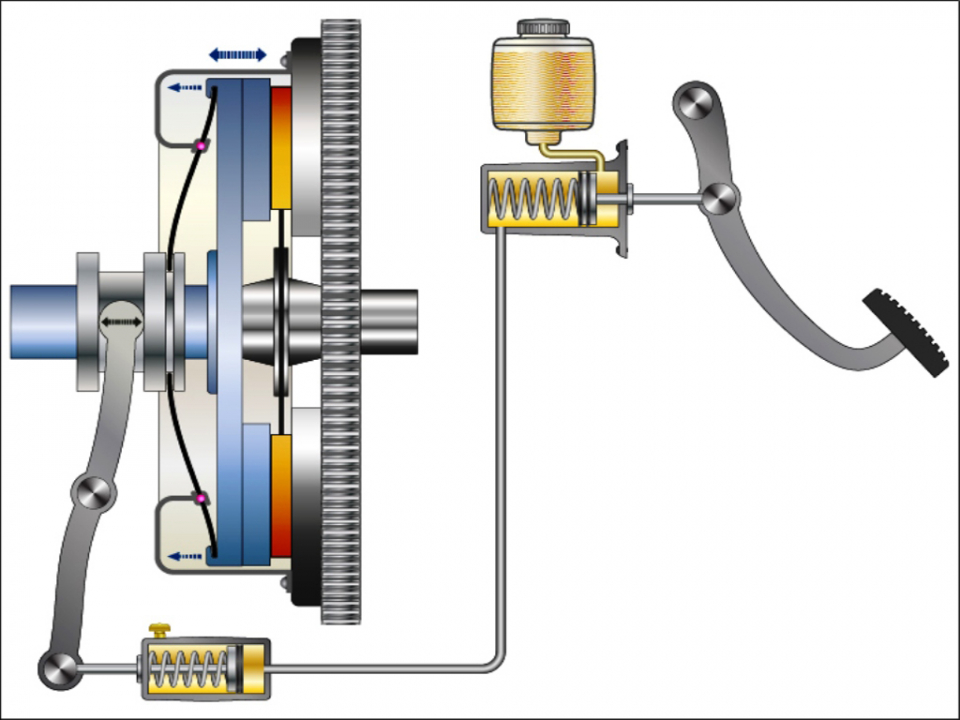
-
Engine Misfire Failures

-
Starter Solenoid Valve Fault
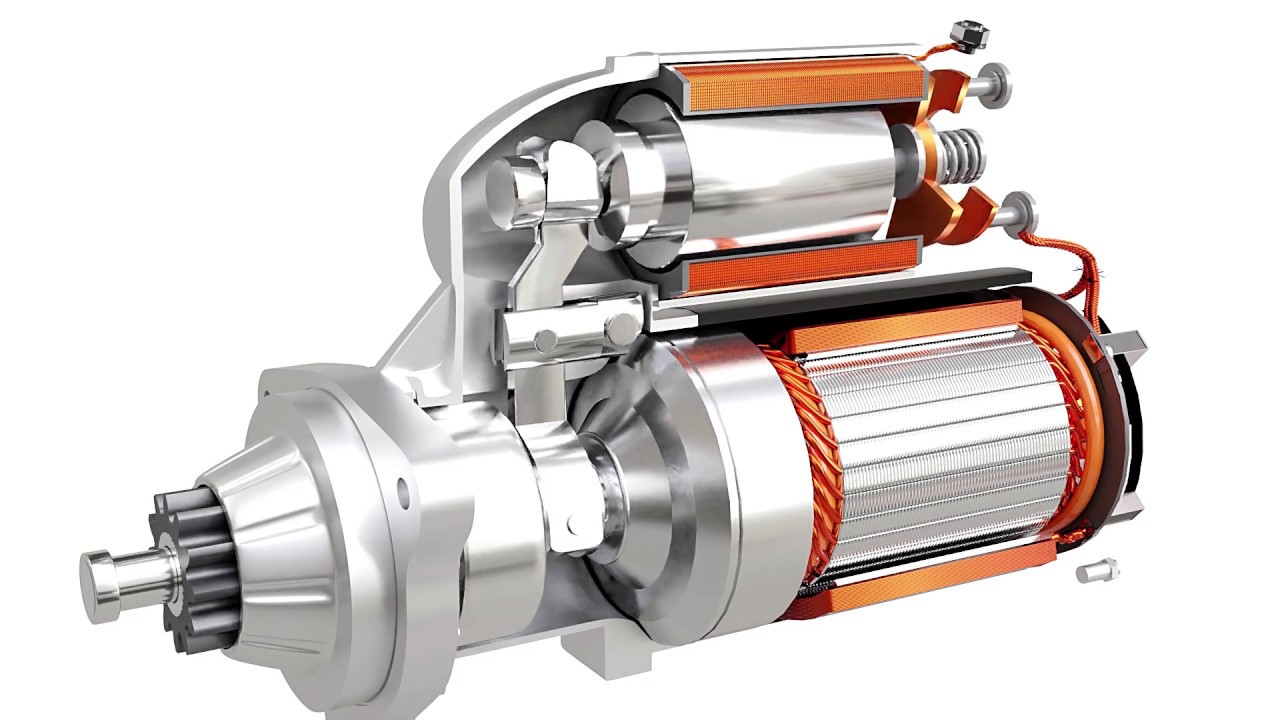
-
Camshaft Phaser Problem

-
Low Oil Pressure

View latest car problems.
Code Search
Please fill the "Code Box" to find engine fault code.
All engine trouble codes with P, U, B and C engine codes.
How To Reset Engine Trouble Code ?
All problems of your car are displayed through the engine lights on the front panel, after checking with OBD/OBD2 scanner tool and finishing fix process you need to reset/clear the code.
Step-By-Step clearing engine trouble code light on the panel :
- Close the steering wheel.
- There is an OBD II diagnostic port on the driver side and below the dashboard. Connect your code reader to the vehicle via cable. If you have a Bluetooth OBD2 scanner, take the help of this app.
- Turn on the OBD2 scan tool and also your car.
- If you wait for a while, you will see that the scanner has displayed trouble codes.
- Then erase the code by pressing the clear button.
Clearing The OBD2-Code
The top 4 reasons a scan tool won't clear codes:Fault codes are live faults Incorrect code clear procedure Scan tool faults Scan tool won't communicate
These fault codes will appear on a two digit display found under the passenger seat. Note that although the display can indicate fault codes up to 99 not all numbers are valid codes. You read the codes by removing the side panel of the seat base or looking at the display under the back of the seat.
Check engine light comes on, here are some tips :
- Look for a serious problem that requires immediate attention.
- Try tightening your gas cap.
- Reduce speed and load.
- Use built-in diagnostic services.
Trouble In Clearing The Codes !
Common reasons a scan tool won't clear codes:
- Fault codes are live faults
- Incorrect code clear procedure
- Scan tool faults
- Scan tool won't communicate
Scan tools automatically communicate with the vehicle modules over the communication network. And determines some the engine codes as hard and soft ones. Hard codes are related fresh error codes in the vehicle system. Soft codes are based on hostorical old faults of the vehicle.
Similarly, after clearing the OBD/2 code, you need to reset your car. It's not a big deal. You can do it in a short time. Let's try to find out.
- Radio, watch need to be rebooted.
- Drive settings need to be fixed.
- Car's transmission - automatic transmission won't work, so there's nothing to fear. If you drive manually for a while, everything will be fine.
The backup system works in some cars. In that case, you don't need to do anything. A good aspect is that it saves your settings even after all the power ECU is eliminated.
Common Trouble Codes With Descriptions :
- P0455 - Evaporative Emission Control System Leak Detected Gross Leak
- P0442 - Evaporative Emission Control System Leak Detected Small Leak
- P0700 - Transmission Control System Malfunction
- P0456 - EVAP Control System Leak Detected Very Small Leak
- P0102 - Mass or Volume Air Flow Circuit Low Input
- P0446 - Multiple Displacement System Rationality Bank 2
- P0420 - Catalyst System Efficiency Below Threshold Bank 1
- P0171 - System Too Lean Bank 1
- P0300 - Cylinder Misfire Detected Random Cylinders
When an O2 detector failure occurs, a DTC or individual trouble code is recorded in the ECU and a check machine light appears on the vehicle's front panel. The DTC must be recaptured using a obd2 scanning tool. There are general or standard OBDII codes along with enhanced or OEM specific DTC. Below is a list of the more common OBDII canons, along with the possible cause or causes of the code.
OBD/2 Location:
| Code | Description | Location | Possible Causes |
|---|---|---|---|
| P0150 | O2 Sensor Circuit Malfunction | Bank 2 Sensor 1 | Broken sensor element. Sensor disconnected. Shorted wiring. Catastrophic failure of sensor due to thermal shock. |
| P0151 | O2 Sensor Circuit Low Voltage | Bank 2 Sensor 1 | Short in wiring between sensor ground and signal wire. Silicone or ethylene glycol poisoning of the air reference electrode. |
| P0152 | O2 Sensor Circuit High Voltage | Bank 2 Sensor 1 | Short in wiring between heater circuit and signal wire. Sensor immersed in water. Silicone or ethylene glycol poisoning of the sensing electrode. |
| P0153 | O2 Sensor Circuit Slow Response | Bank 2 Sensor 1 | Sensor electrode protective coated with carbon. Silicone poisoning. Ethylene glycol poisoning. Failed sensor heater. Heater circuit fuse. |
| P0154 | O2 Sensor Circuit No Activity Detected | Bank 2 Sensor 1 | Short in wiring between sensor ground and signal wire. Silicone or ethylene glycol poisoning of the air reference electrode. |
| P0155 | O2 Sensor Heater Circuit Malfunction | Bank 2 Sensor 1 | Sensor heater shorted or open. Replacement sensor installed with incorrect heater current values. Open or shorted electrical connections. Heater circuit fuse. |
| P0156 | O2 Sensor Circuit Sensor Malfunction | Bank 2 Sensor 2 | Broken sensor element. Sensor disconnected. Shorted wiring. Catastrophic failure of sensor due to thermal shock. |
| P0157 | O2 Sensor Circuit Low Voltage | Bank 2 Sensor 2 | Short in wiring between sensor ground and signal wire. Silicone or ethylene glycol poisoning of the air reference electrode. |
| P0158 | O2 Sensor Circuit High Voltage | Bank 2 Sensor 2 | Short in wiring between heater circuit and signal wire. Sensor immersed in water. Silicone or ethylene glycol poisoning of the sensing electrode. |
| P0159 | O2 Sensor Circuit Slow Response | Bank 2 Sensor 2 | Sensor electrode protective coated with carbon. Silicone poisoning. Ethylene glycol poisoning. Failed sensor heater. Heater circuit fuse. |
| P0160 | O2 Sensor Circuit No Activity Detected | Bank 2 Sensor 2 | Short in wiring between sensor ground and signal wire. Silicone or ethylene glycol poisoning of the air reference electrode. |
| P0161 | O2 Sensor Heater Circuit Malfunction | Bank 2 Sensor 2 | Sensor heater shorted or open. Replacement sensor installed with incorrect heater current values. Open or shorted electrical connections. Heater circuit fuse. |
| P0162 | O2 Sensor Circuit Malfunction | Bank 2 Sensor 3 | Broken sensor element. Sensor disconnected. Shorted wiring. Catastrophic failure of sensor due to thermal shock. |
| P0163 | O2 Sensor Circuit Low Voltage | Bank 2 Sensor 3 | Short in wiring between sensor ground and signal wire. Silicone or ethylene glycol poisoning of the air reference electrode. |
| P0164 | O2 Sensor Circuit High Voltage | Bank 2 Sensor 3 | Short in wiring between heater circuit and signal wire. Sensor immersed in water. Silicone or ethylene glycol poisoning of the sensing electrode. |
| P0165 | O2 Sensor Circuit Slow Response | Bank 2 Sensor 3 | Sensor electrode protective coated with carbon. Silicone poisoning. Ethylene glycol poisoning. Failed sensor heater. Heater circuit fuse. |
| P0166 | O2 Sensor Circuit No Activity Detected | Bank 2 Sensor 3 | Short in wiring between sensor ground and signal wire. Silicone or ethylene glycol poisoning of the air reference electrode. |
| P0167 | O2 Sensor Heater Circuit Malfunction | Bank 2 Sensor 3 | Sensor heater shorted or open. Replacement sensor installed with incorrect heater current values. Open or shorted electrical connections. Heater circuit fuse. |
| P0170 | Fuel Trim Malfunction | Bank 1 | Vacuum Leak. Gas in engine oil. Air leaks. Bad O2 Sensor. |
| P0171 | System Too Lean | Bank 1 | Leaking exhaust gasket or vacuum lines. Defective fuel injector(s). Damaged fuel pump. Clogged fuel filter. |
| P0172 | System Too Rich | Bank 1 | Vacuum leak. Fuel pressure or delivery problem. Faulty MAF sensor. |
| P0173 | Fuel Trim Malfunction | Bank 2 | Vacuum Leak. Gas in engine oil. Air leaks. Bad O2 Sensor. |
| P0174 | System Too Lean | Bank 2 | Leaking exhaust gasket or vacuum lines. Defective fuel injector(s). Damaged fuel pump. Clogged fuel filter. |
| P0175 | System Too Rich | Bank 2 | Vacuum Leak. Gas in engine oil. Air leaks. Bad O2 Sensor. |
Common OBD2 Faults
New Spark Plugs or Plug Wires are imperative for your car. The spark plugs are the part of your engine that ignites the air/fuel mixture in the combustion chamber of your automobile. This explosion is what moves the pistons and makes the engine run. The spark plug wires deliver the spark from the ignition coil to the spark plugs. If you're spark plugs or spark plug wires are bad or old, you will experience poor performance and reduced power. In some extreme cases, your engine will have trouble starting or continuing to run. Worn spark plugs and plug wires can cause clogged catalytic converter or damage to ignition coils and O2 sensors, large to more expensive repairs.
Issues with any aftermarket items. An aftermarket alarm, exhaust or supplemental item can wreak havoc on your car if it's not installed accurately. These aftermarket parts and accessories can drain the battery, trigger the check engine light, or even prevent the automobile from starting. If these issues sound prevailing, bring your Equinox to Chevy and have our department of certified mechanics ensure that your aftermarket items were installed correctly and aren't causing any issue. Getting accessories, especially aftermarket parts and accessories, or using OEM parts first place might cost a tiny bit more but could save you money from having to get poor work and damage caused by poor installation work corrected.
Your catalytic converter is bad or going bad. The catalytic converter is a part of your car's exhaust system. The catalytic converter's function is to turn the carbon monoxide created by the combustion process into carbon dioxide. A damaged catalytic converter is commonly caused by neglected maintenance, which is why Hare Chevrolet offers a complimentary multi-point inspection with every Chevy service. If you have an issue with your catalytic converter and don't get it repaired, your car will not pass an emissions test, show a lack of engine performance and will negatively affect your fuel economy. Your car may run at a higher temperature, too, which can cause supplemental problems from overheating.
Your O2 Sensor (Oxygen Sensor) needs to be replaced. The Oxygen sensor, acknowledged as the O2 sensor, measures the amount of oxygen in your exhaust system. If there is excess oxygen in your exhaust system, fuel burns faster and your automobile will be less important when it comes to fuel economy.
Your car has a vacuum leak. Every car has a vacuum system that performs a wide variety of functions. The vacuum system also helps lower harmful emissions by routing the fumes as gasoline evaporates through the engine. If you notice that your RPM is high in idle or randomly surges, a vacuum leak could be the cause. Over time, vacuum hoses can dry out and crack, especially if they're exposed to unusual heat or extreme nice.
Your mass airflow sensor (known as MAF) needs to be replaced. The mass airflow sensor in your car is what determines how much fuel is imperative to run your engine efficiently by measuring the amount of air entering the engine. As a part of the engine management system, the mass airflow sensor helps adjust to practical changes, like altitude. If your car is having trouble starting, idling rough or has a sudden change in the position of the throttle pedal, this could be a sign of a bad mass airflow sensor.
One of the most straightforward and several cause is that your car gas cap is loose, damaged or missing. The gas cap for your car serves multiple purposes. It prevents gas fumes from being released when you aren't driving, it seals the fuel system and helps maintain pressure within the fuel tank. What happens if you have a bad fuel cap? If your gas cap is old or has a ruptured seal, you can lose fuel through evaporation which will result in more trips to the pump. Luckily, to replace a gas cap isn't expensive. If your check engine light turns on today after you put gas in your car, first thing you should check is to make satisfied the cap isn't loose - or that it's still on your car's roof or at the fuel pump.
The battery is low or dead. The battery in your car is every important. Without a car battery, your car won't start, light up the road ahead, play the radio or charge your phone. Today's car batteries last much longer than they did a few decades ago, and they don't certainly require maintenance. The price of a new one depends on the type of Chevy you drive, but check our current service coupons and specials.
How To Find Best OBD-II Scanner
OBD-II scanners price range from $25 to $200, which one is the best ? Is only OBD trouble code viewer screen enough for you? Do you know what kind of functions you need in your obd scanner. We gatered useful function list for OBD scanner, before buy it please check our obd functions list.
To choose the best OBD-II scanner for you please check these functions :
+Small and light
+Battery tests and oil light reset
+Handheld with add-on app
+Includes repair instructions and parts options
+Array of diagnostic tests
+Wi-Fi connectivity
+Rugged design with soft edges
+Offers repair suggestions
+Can read enhanced codes
+Phone/tablet app
+Comes with cables for pre-1996 vehicles
+Can reset oil-change light
+Nearly complete array of diagnostic tests
+Rugged design with soft edges
+Includes hard case and SD card
+Reads enhanced codes
+Lots of optional abilities available
+Comes with hard case
+Repair explanations
+Big screen
+Designed as scanner and supplemental wireless car display
+Can work as handheld scanner or with a phone
+Includes electrical multimeter
+Battery tests
+Includes stand
+Rugged design
+Icon-based navigation
+Shows live Data
+Easy to insert and remove from OBD port
+Good Bluetooth range
+Includes manufacturer specific codes
+OBD plug light
+Soft grips on sides
+Maintenance functions
+Excellent software
+Battery and I/M tests
+Lifetime warranty and updates
+Long cord
Listed Car Brands :
Supported car brands for engine diagnosis for trouble code processes.- Acura
- Alfa Romeo
- Audi
- BMW
- Buick
- Cadillac
- Chevrolet
- Chrysler
- Citroen
- Dacia
- Daewoo
- Daihatsu
- Dodge
- Jeep
- Fiat
- Ford
- GMC
- Honda
- Hyundai
- Infiniti
- Isuzu
- Jaguar
- Kia
- Lada
- Lamborghini
- Lancia
- Land Rover
- Lexus
- Lincoln
- Lotus
- Mazda
- Mercedes-Benz
- Mini
- Mitsubishi
- Nissan
- Peugeot
- Renault
- Saab
- Saturn
- Seat
- Skoda
- Smart
- Subaru
- Tata
- Toyota
- Volkswagen
- Volvo
